Understanding the Importance of Fiber Optic Patch Cord in Modern Networking Solutions
In the rapidly evolving landscape of modern networking solutions, the significance of fiber optic patch cords cannot be overstated. These crucial components serve as the backbone of high-speed data transmission, facilitating seamless communication between various devices and networks. As organizations increasingly rely on efficient connectivity to enhance their operations, understanding the role of fiber optic patch cords becomes essential.

These cords not only provide superior bandwidth and speed compared to traditional copper cables, but they also offer enhanced reliability and reduced signal degradation over long distances. In this context, exploring the various types of fiber optic patch cords and their applications will shed light on why they are indispensable in contemporary networking setups.
By delving into the specifics of fiber optic patch cords, we can appreciate their contribution to achieving optimized network performance and meeting the demands of today’s data-driven environments.
Identifying the Key Components of Fiber Optic Patch Cords in Networking
Fiber optic patch cords play a crucial role in modern networking solutions by connecting various components within fiber optic systems. Understanding the essential components of these patch cords, such as connectors, cables, and protective casings, can significantly impact overall network performance. The type of fiber used—whether single-mode or multi-mode—also dictates the distance and speed of data transmission, making selection critical based on specific use cases.
Tips: When choosing fiber optic patch cords, always consider the length and type of connection needed for your setup. For instance, using a high-quality connector can reduce signal loss and enhance data integrity. Additionally, investing in robust protective casings can prevent physical damage during installation or maintenance.
The demand for fiber optic patch cords is expected to surge in tandem with advancements in communication technology, particularly with the ongoing rollout of 5G networks. As businesses seek to optimize their fiber optic cable sourcing and deployment strategies, understanding each component's specifications becomes essential. Properly selected fiber optic patch cords not only improve network efficiency but also facilitate the scalability needed for future growth.
Evaluating Different Types of Fiber Optic Patch Cords for Your Needs
In modern networking solutions, fiber optic patch cords play a crucial role in establishing efficient and high-speed connections between various network devices. As the global patch panels market is projected to grow from $1.28 billion in 2024 to $2.78 billion by 2032, with a CAGR of 10.44%, the demand for patch cords, particularly those that are effective in supporting these advanced networking systems, is also on the rise. Evaluating different types of fiber optic patch cords—such as single-mode and multi-mode—can help organizations optimize their network performance to meet specific requirements.

Single-mode fibers, known for their long-distance transmission abilities and lower attenuation, are ideal for connecting devices over vast distances, while multi-mode fibers are suitable for shorter distances due to their higher core size and associated bandwidth limitations. With the growing emphasis on sustainable and energy-efficient solutions in various industries, the choice of fiber optic patch cords will significantly influence the reliability and efficiency of the entire network infrastructure. In this evolving landscape, understanding the specific needs and characteristics of different patch cords is essential for achieving optimal network performance.
Understanding the Installation Process of Fiber Optic Patch Cords
The installation process of fiber optic patch cords is crucial in ensuring optimal performance in modern networking solutions. According to the Fiber Optic Association, the improper installation of fiber optics can lead to signal loss as high as 10 dB, severely impacting the efficiency of data transmission. This highlights the need for trained professionals who understand the nuances of handling and installing these cables. Proper handling involves avoiding excessive bending, ensuring connectors are clean, and aligning fiber ends correctly during termination.
Moreover, the demand for high-speed internet and reliable data transmission is continuously growing. A report from the International Data Corporation (IDC) predicts that global IP traffic will increase threefold by 2023, underscoring the significance of effective fiber optic installations. The installation of patch cords, which ensure seamless connections between various networking devices, must be executed with precision. This typically includes deploying junction boxes, ensuring correct routing paths, and conducting thorough testing after installation to confirm that the setup meets the required performance metrics. This careful process underpins the modern networking infrastructure we rely on today.
Fiber Optic Patch Cord Usage in Networking Solutions
Maintaining and Troubleshooting Fiber Optic Patch Cords Effectively
Fiber optic patch cords are crucial in modern networking solutions, acting as the link between various components of a network. However, proper maintenance and troubleshooting of these components are vital to ensure optimal performance. According to a report by LightCounting, the global fiber optic market is expected to grow at a CAGR of over 8% from 2021 to 2026, emphasizing the increasing reliance on fiber optic technology in various industries. Regular inspections and maintenance of patch cords can prevent potential issues that may disrupt network operations.
One common troubleshooting method involves checking for physical damage, such as bends or breaks in the fibers. The OFC reported that over 30% of network failures are attributed to faulty connections and damaged cables. Implementing routine checks and using visual fault locators can significantly enhance the longevity of fiber optic patch cords. Additionally, adhering to best practices in handling and storing these cords can mitigate issues related to wear and tear, ensuring that networks remain reliable and efficient in delivering high-speed data connectivity.
Understanding the Importance of Fiber Optic Patch Cord in Modern Networking Solutions
| Parameter | Description | Importance |
|---|---|---|
| Connector Type | Types of connectors used in patch cords such as SC, LC, ST, MTP. | Ensures compatibility with network devices for optimal performance. |
| Cable Type | Single-mode vs Multi-mode fiber optic cables. | Affects data transmission speed and distance capabilities. |
| Length | Length of the fiber optic patch cord. | Determines installation requirements and flexibility in network design. |
| Bandwidth Capacity | The maximum amount of data that can be transmitted through the cable. | Essential for meeting high-speed networking demands. |
| Cleaning and Maintenance | Proper techniques for cleaning connectors and inspecting cables. | Maintains performance integrity and reduces signal loss. |
| Troubleshooting Techniques | Methods used to diagnose and fix issues with fiber optic connections. | Critical for minimizing downtime and ensuring continuous network operation. |
Exploring the Future Innovations in Fiber Optic Patch Cord Technology
Fiber optic patch cords are essential components in modern networking solutions, facilitating high-speed data transmission and reliable connectivity. As we look to the future, innovations in fiber optic patch cord technology promise to enhance performance, efficiency, and versatility in various applications. Emerging advancements, such as improved materials, micro-cabling, and better connector design, aim to reduce signal loss and increase the overall durability of patch cords. This shift towards smarter technology ensures that networks can handle the growing demands of data traffic with ease.
**Tip:** When selecting fiber optic patch cords for your network, consider the specific requirements of your installation environment, including distance and bandwidth needs. Opt for cords that utilize low-loss fibers and robust connectors to maximize performance and longevity.
As we progress, the integration of smart sensors and monitoring capabilities within fiber optic patch cords may revolutionize network management. These smart cables can provide real-time diagnostics, helping network administrators avoid potential failures before they occur. Such innovations will not only enhance operational efficiency but also pave the way for interactive and adaptive networking solutions.
**Tip:** Regularly assess your network needs and stay updated with the latest advancements in fiber optic technology to ensure optimal performance. Choosing the right patch cords and technologies can future-proof your networking setup against the ever-evolving digital landscape.
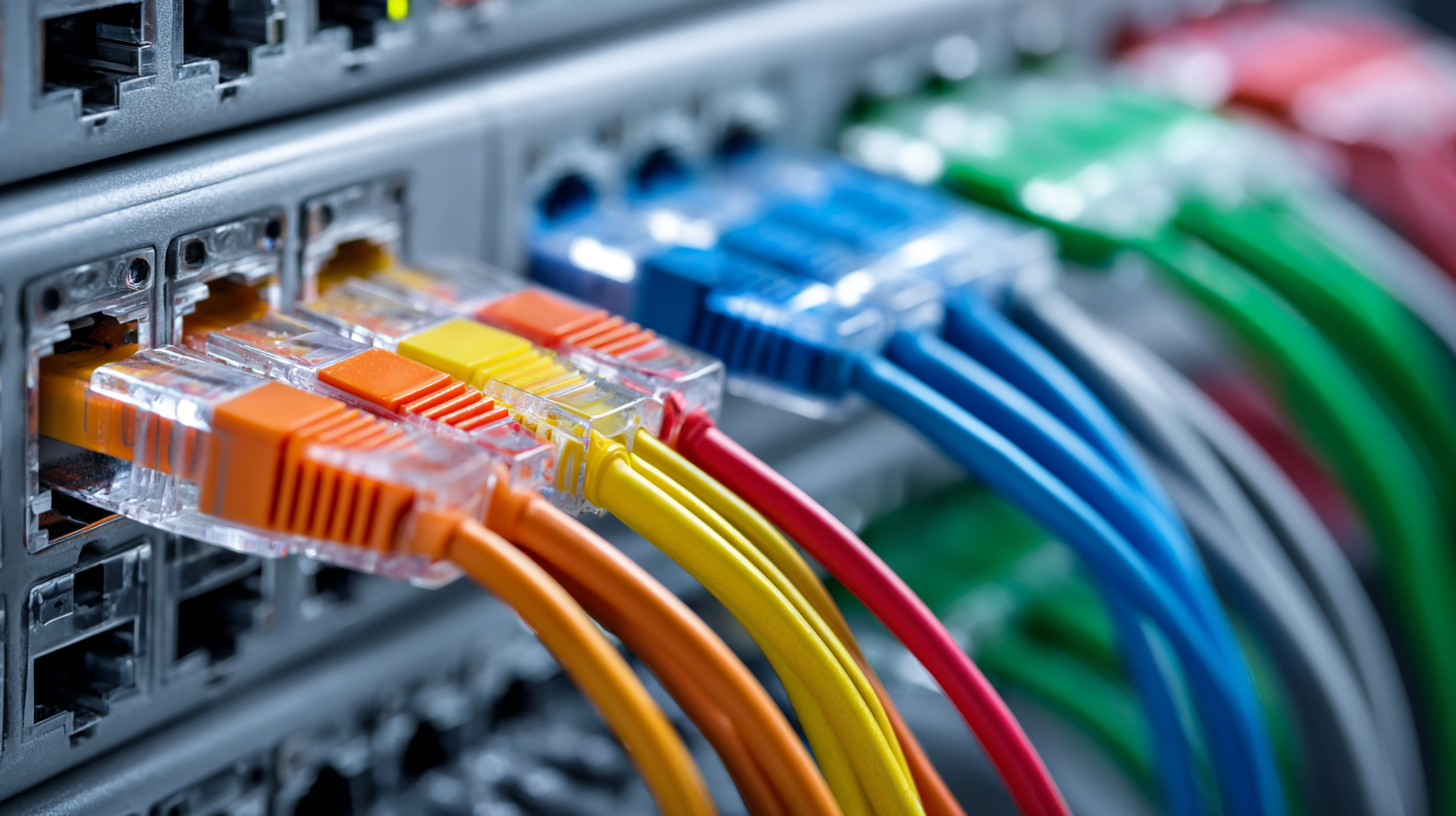
Related Posts
-

What is a Fiber Optic Patch Cord and How Does It Improve Connectivity
-
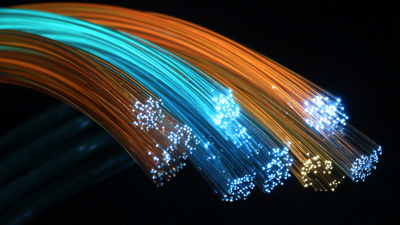
What is the Importance of Network Fiber Optic Cable in Modern Communication
-
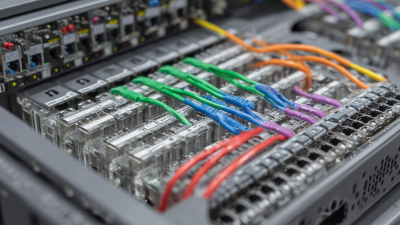
5 Best LC Patch Panels for Optimal Network Performance in 2023
-
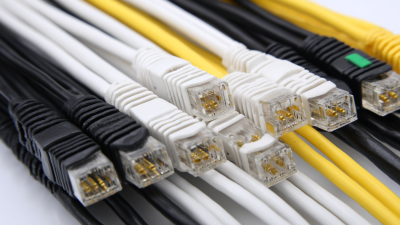
How to Choose the Right Cat 6 Bulk Cable for Your Network Needs
-
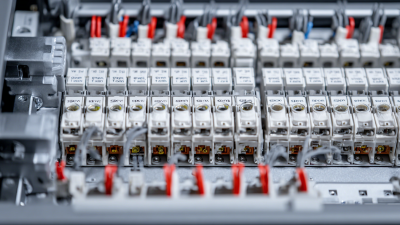
Unlocking the Power of LC Patch Panels: A Comprehensive Guide for Network Optimization
-

Understanding the Impact of Cat 6A Cables on Network Performance and Future-Proofing Your Business
